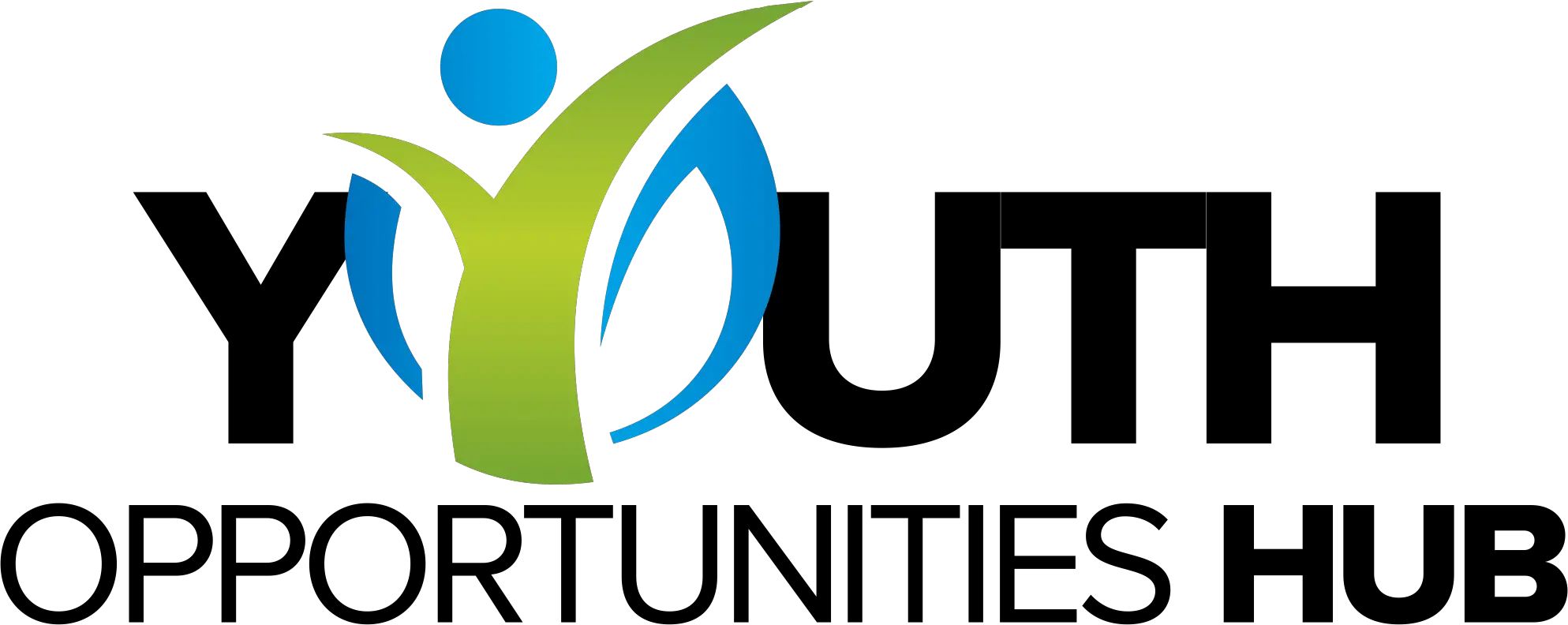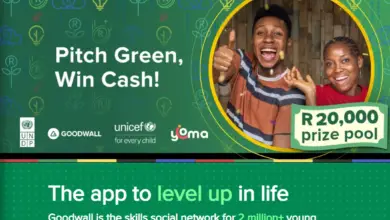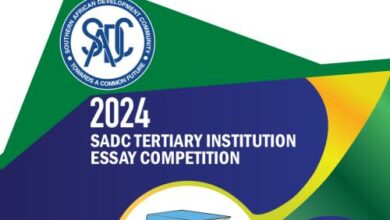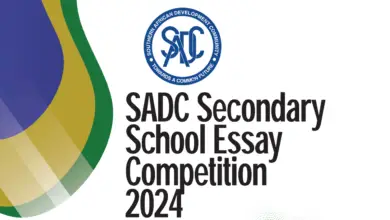CALL FOR CODE GLOBAL CHALLENGE-SUBMIT YOUR SOLUTION (USD $200,000 TO BE WON)

Call for Code Global Challenge solutions. Submit your solution and stand a chance to win USD $200,000
Deadline: 31 July 2021
About the challenge
What is the Call for Code Global Challenge?
In the Call for Code Global Challenge, you can join the fight against climate change by building and deploying open source solutions in the cloud. By participating, you’ll build critical skills for yourself and your teams and deploy solutions to help communities across the globe.
Built on open source principles, the Call for Code Global Challenge asks developers and problem solvers to form teams and develop solutions that address specific problems in unique, clearly demonstrable ways. The most successful solutions are those scoped to have the greatest community impact with the smallest technological footprint. Last year’s winner Agrolly is a perfect example, with its mobile application to help small farmers better understand what to plant, based on weather patterns and crop characteristics.
Three global focus areas
According to the United Nations, “The impacts of climate change are global in scope and unprecedented in scale. Without drastic action today, adapting to these impacts in the future will be more difficult and costly.” Given the far-reaching and devastating effects of climate change, we have divided the 2021 Global Challenge into three sub-themes:
Clean Water and Sanitation
What is the problem?
Water is the natural resource that is most threatened by climate change and is a prerequisite for life on earth. According to the World Health Organization, 2.2 billion people around the world do not have safely managed drinking water services, 4.2 billion people do not have safely managed sanitation services, and 3 billion people lack basic handwashing facilities. These services are critical in preventing the spread of COVID-19 and other diseases. Even in areas that have these services, there are vast inequalities in the accessibility, availability, and quality of the services.
How can technology solve the problem?
From intelligent solutions for small farmers to recycling showers, technology can make a significant impact on the availability of water and its consumption.
Zero Hunger
What is the problem?
Approximately 9 percent of the global population is suffering from hunger. And, much of the world’s food is grown by small-scale, independent farms and distributed through local community cooperatives who sell the surplus produce. The co-ops are a central point for quality control, deliveries, and enabling food commodity markets. However, these co-ops face a myriad of logistical challenges to get the right food to the right places with minimal time and cost.
How can technology solve the problem?
By bringing the paper ledgers of food co-ops online, communities can harness data insights from their environment for better crop resilience and overall yield for sustainable food production systems. More crops mean better access to food for the community.
Responsible Production and Green Consumption
What is the problem?
Worldwide consumption and production drives the global economy, yet the current use of natural resources is unsustainable. The global material footprint rose nearly 18 percent from 73 billion metric tons in 2010 to 85.9 billion metric tons in 2017, the UN reports. That’s why Sustainable Development Goal 12 aims to achieve economic growth, sustainable development, and reduce our ecological footprint by changing the way we produce and consume goods and resources.
How can technology solve the problem?
Technology can help in many ways, from recommendations on energy efficiency to highlighting the carbon footprint of online purchases. The goal is to take into account all phases of resource use to do more and better with less.
Submission checklist
Review this list carefully before submitting your solution. Assemble all the right documentation, learn how to differentiate your solution, and be ready to submit by July 31, 2021.
- Team leader:
Select one member of your team to enter the following information into the submission form. The team leader who submits the solution will receive an email confirming the submission details. While one team member submits the form, all team members are required to join the Call for Code community and accept the Participation Agreement as part of the registration process. - Submission name:
Confirm the name of your solution or team in approximately five words. - Short description:
Describe your team’s solution in approximately ten words. - Long description:
In approximately 500 words, describe your solution in more detail. Include the real-world problem you identified, describe the technological solution you have created, and explain how it’s an improvement over existing solutions. You can supply additional documentation in your source code repository link below. - Solution roadmap:
Create a document or image that shows how mature your solution is today and how you would like to improve it in the future. This can include information on the business model, funding needs, and a sustainability plan. Here’s an example from the 2018 Call for Code winner Project Owl. - Link to publicly accessible GitHub repository:
(or other location such as GitLab or Box) where the judges can download, examine, and evaluate the source code behind the solution. You can provide additional description and diagrams in the repository. Hint: Review the judging criteria and rules for the 2021 Call for Code Global Challenge. Also, be sure to explore this project sample. - Link to a three-minute demo video:
Record a demo of your project, upload it to YouTube or Vimeo, and share the URL. Three minutes is the maximum length. You can link to longer versions from your source code repository. Keep in mind that non-technical judges may rely on this more than technical documentation. Check out this example from the 2019 Call for Code winner Prometeo. - List one or more IBM Cloud Services or IBM Systems used in the solution:
Your application can use additional data sets, libraries, and externally hosted services to complement the IBM Cloud Services or IBM Systems. Visit the technical content library for resources.
Visit the official website to SUBMIT your solution
________
You may also be interested in this> The fishbowl challenge class of 2021/2022
________
CLICK HERE to Join Youth Opportunities Hub WhatsApp Group (If you are already in one of our WhatsApp groups, then there is no need to join)
PAY ATTENTION: Join youthopportunitieshub.com Telegram Channel! Never miss important updates!
Please follow Youth Opportunities Hub on: Twitter | Facebook




